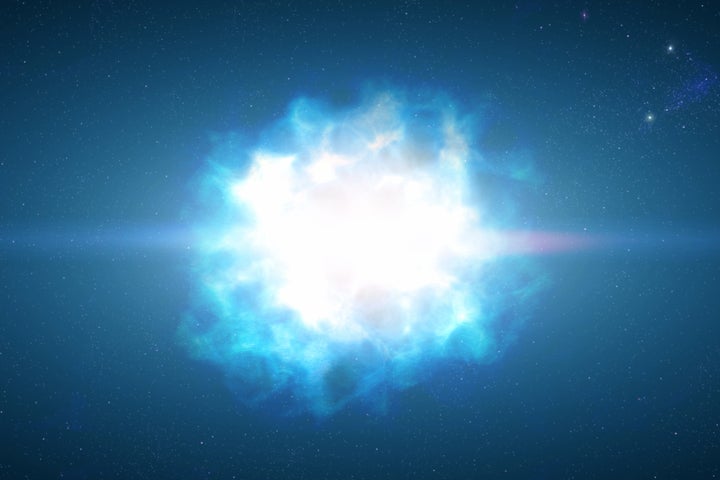The solar system was formed 4.6 billion years ago by the explosion of a star at the end of its life cycle, according to a groundbreaking study of meteorites.
Research suggests a low-mass supernova was so powerful it triggered a cloud of gas and dust to collapse, leading to the creation of the Sun and its planets.

The claims are made in a new study of short-lived nuclei, which were found in meteorites and are believed to have been abundant in the early solar system.
The study, published in Nature Communications, argues the “nuclear fingerprints” of Beryllium-10 back up the supernova theory.
“This is the forensic evidence we need to help us explain how the solar system was formed,” said Yong-Zhong Qian, astronomy professor at the University of Minnesota. “It points to a low-mass supernova as the trigger.”
Previous research suggested that the abundance of nuclei Beryllium-10 must have been explained by another process, as they weren’t believed to form in supernovae.
But Quian disagrees, saying that the “fingerprints” of the nuclei can only be explained by the explosion of a supernova 12 times heavier than our star.
“The findings in this paper have opened up a whole new direction in our research,” Qian said. “In addition to explaining the abundance of Beryllium-10, this low-mass supernova model would also explain the short-lived nuclei Calcium-41, Palladium-107, and a few others found in meteorites. What it cannot explain must then be attributed to other sources that require detailed study.”
The next step for Qian’s team is to corroborate the theory by looking at Lithium-7 and Boron-11.
